Starting from the centre of the earth having radius R, the variation of g (acceleration due to gravity) is shown bySolution in Gujrati
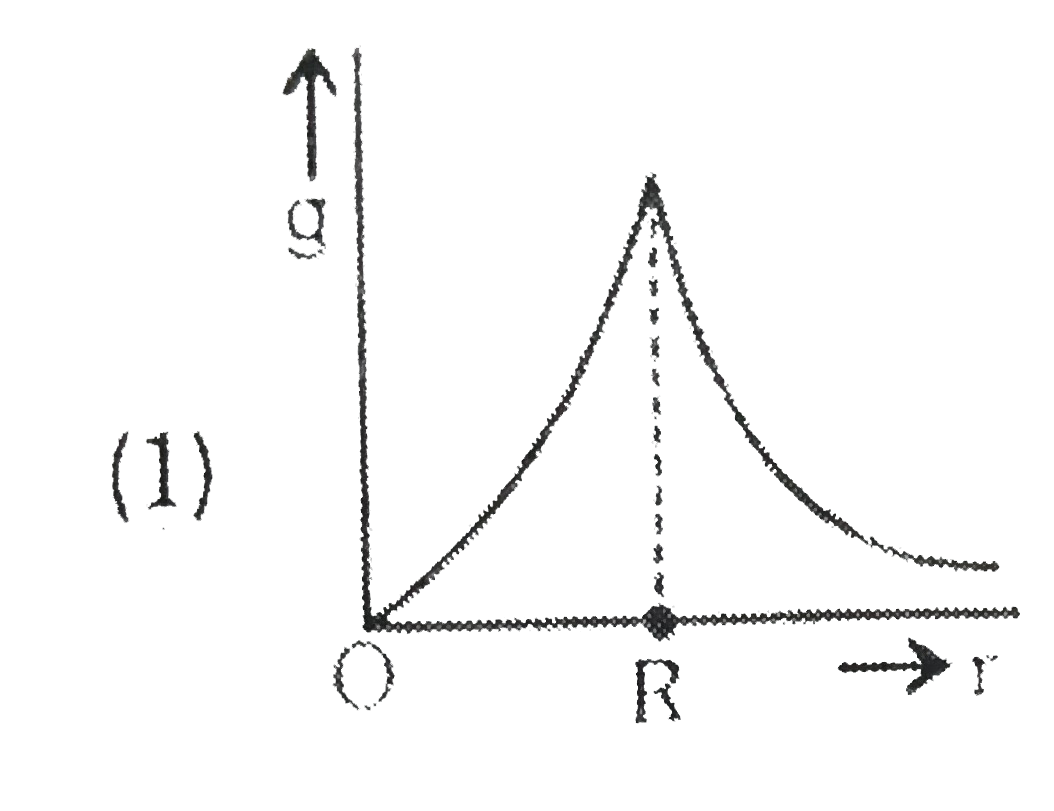
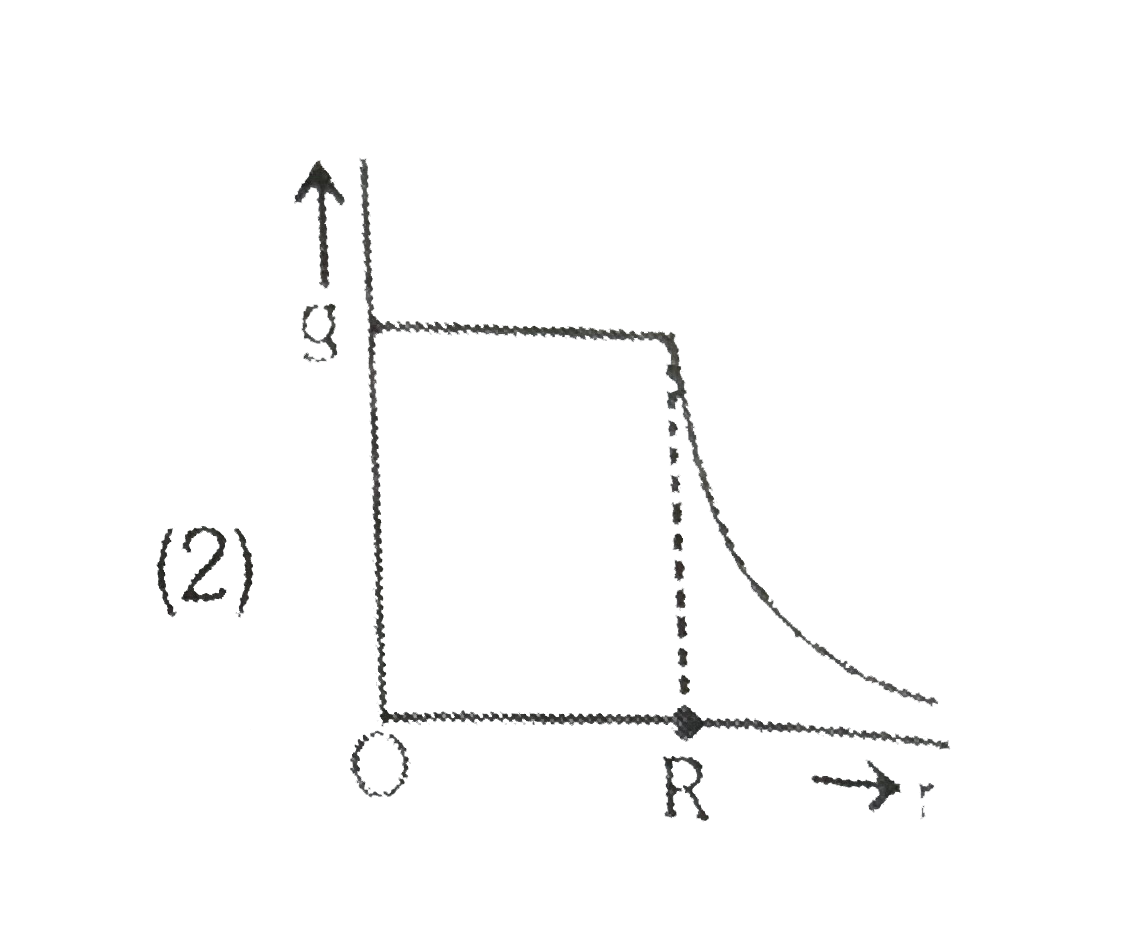
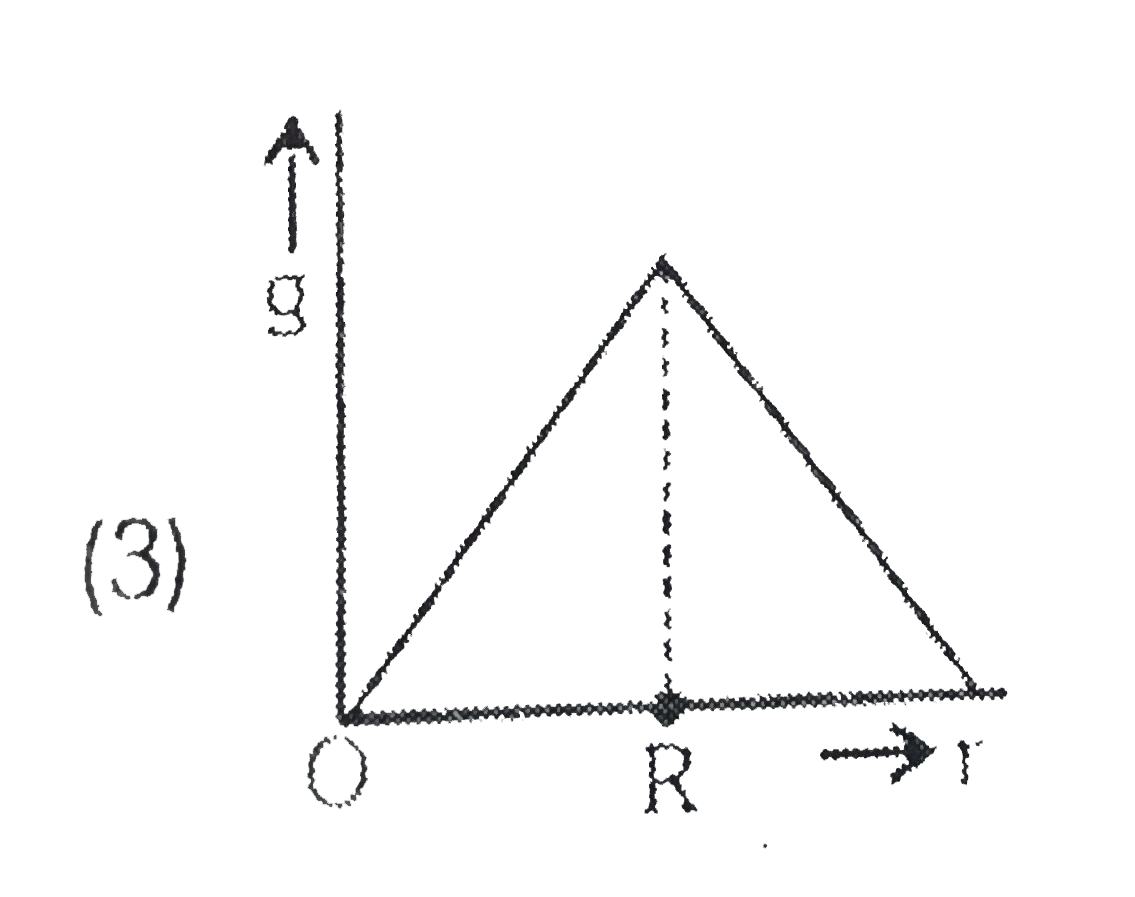
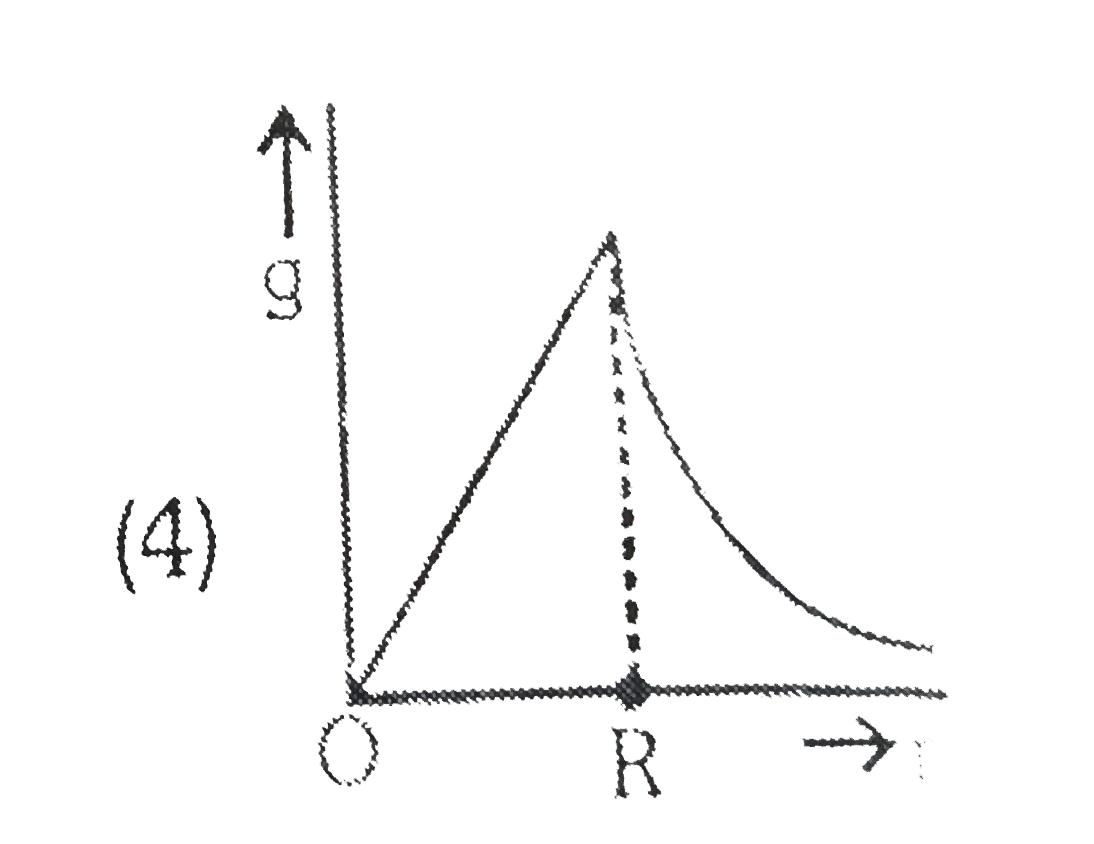
The correct Answer is:D
Step by step video & image solution for Starting from the centre of the earth having radius R, the variation of g (acceleration due to gravity) is shown by by Physics experts to help you in doubts & scoring excellent marks in Class 12 exams.
Topper's Solved these Questions
- BOOK - ALLEN CHAPTER - GRAVITATIONEXERCISE - EXERCISE 311videos
GRAVITATION
- BOOK - ALLEN CHAPTER - GRAVITATIONEXERCISE - EXERCISE 49videos
GRAVITATION
- BOOK - ALLEN CHAPTER - GRAVITATIONEXERCISE - EXERCISE 196videos
GRAVITATION
- BOOK - ALLEN CHAPTER - GEOMETRICAL OPTICSEXERCISE - subjective14videos
GEOMETRICAL OPTICS
- BOOK - ALLEN CHAPTER - KINEMATICS-2DEXERCISE - Exercise (O-2)47videos
KINEMATICS-2D
Similar Questions
The change in the value of acceleration of earth toward sun, when the moon coomes from the position of solar eclipse to the position on the other side of earth in line with sun is :
(mass of moon =7.36×1022 kg, orbital radius of moon =3.8×108 m.)01:40View SolutionAssertion : The difference in the value of acceleration due to gravity at pole and equator is proportional to square of angular velocity of earth.
Reason : the value of acceleration due to gravity is minimum at the equator and maximum at the pole.01:11View SolutionNewton's law of gravitation :
01:44View SolutionA prism of refractive index n1 & another prism of reactive index n2 are stuck together without a gap as shown in the figure.The angle of the prisms are as shown. n1&n2depend onλ,the wavelength of light according to n1=1.20+10.8×104λ2&n2=1.45+1.80×104λ2 where λ is in nm.
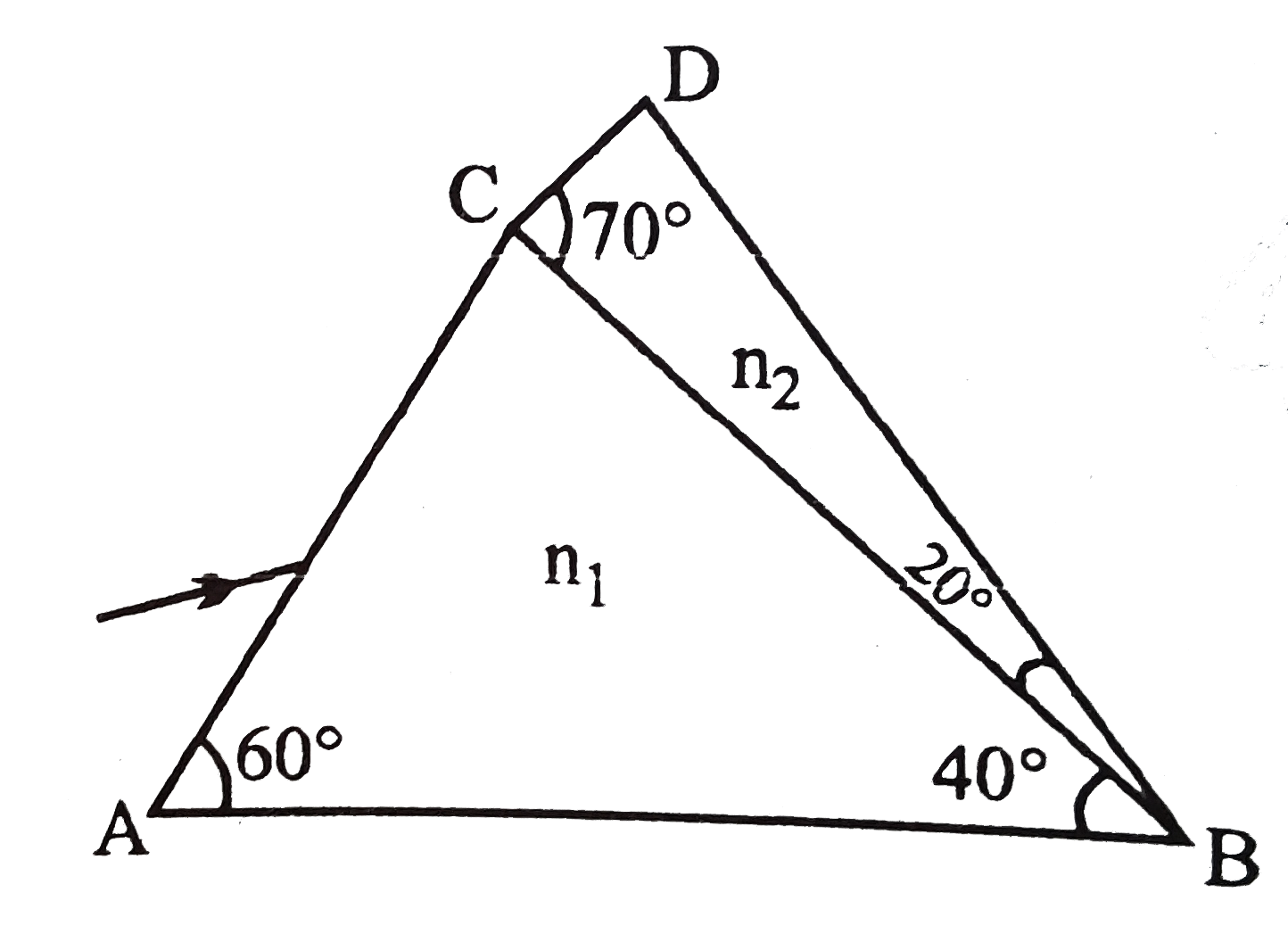
(i)Calculate the wavelength λ0for which rays incident at any angle on the interfaceBCpass through without bending at that interface.
(ii) for light of wavelength λ0,find the angle of incidencei on faceACsuch that the deviation produced by the combination of prism is minimum.04:26View SolutionA particle is moving in xy-plane .At certain instant the components of its velocity and acceleration are as follows ux=3m/s,uy=4m/s,ax=2m/s2anday=1m/s2. The rate of change of speed at this moment is
02:14View SolutionThe acceleration due to gravity is g at a point distant r from the centre of earth of radius R . If r lt R , then
04:07View SolutionIf R= radius of the earth and g= acceleration due to gravity on the surface of the earth, the acceleration due to gravity at a distance (r<R) from the centre of the earth is proportional to
05:18View SolutionIf R= radius of the earth and g= acceleration due to gravity on the surface of the earth, the acceleration due to gravity at a distance (r>R) from the centre of the earth is proportional to
03:07View SolutionAt what distance from the centre of the earth, the value of acceleration due to gravity g will be half that on the surface ( R = radius of earth)
06:33View SolutionStarting from the centre of the earth having radius R, the variation of g (acceleration due to gravity) is shown by
05:55View SolutionThe satellite is moving round the earth (radius of earth = R) at a distance r from the centre of the earth. If g is the acceleration due to gravity on the surface of the earth. The acceleration of the satellite will be
04:38View SolutionExplain the variation of 'g' with latitude.
View SolutionVariation of acceleration due to gravity (g) with distance x from the centre of the Earth is best represented by (R to Radius of the Earth)
03:17View SolutionThe variation of acceleration due to gravity g with distance d from centre of the earth is best represented by (R = earth's radius )
03:27View SolutionVariation of acceleration due to gravity (g) with distance x from the centre of the Earth is best represented by (R→ Radius of the Earth)
03:49View SolutionVariation of acceleration due to gravity (g) with distance x from the centre of the earth is best represented by (R → Radius of the earth)
01:13View Solution

